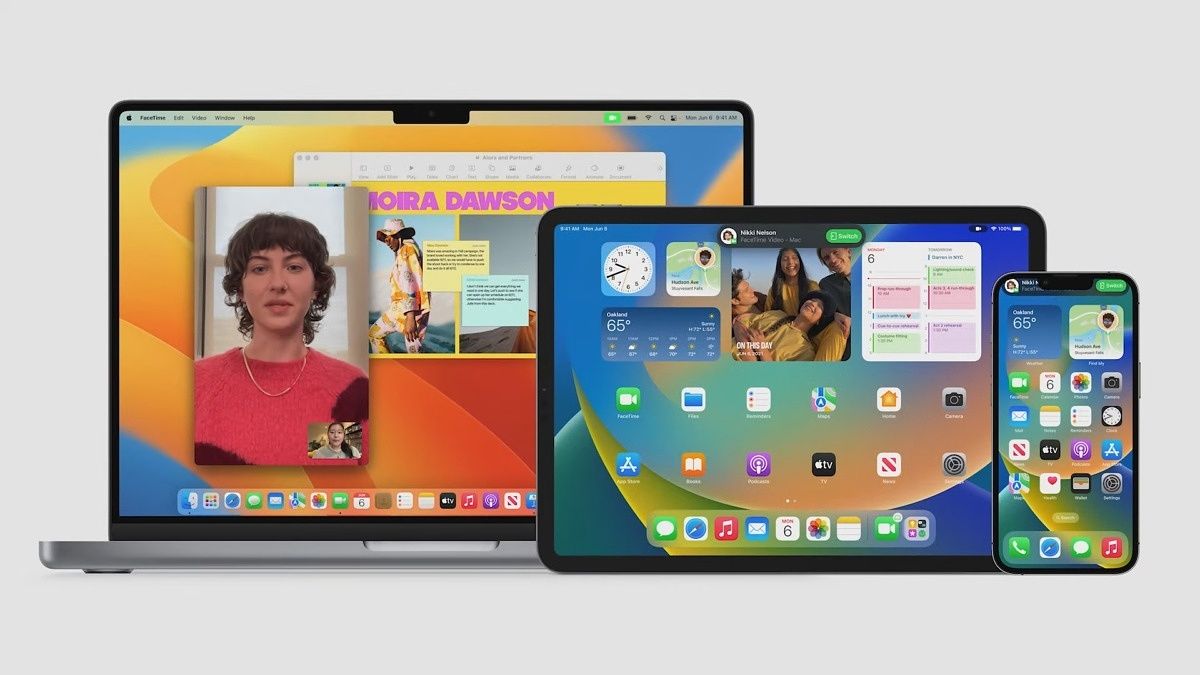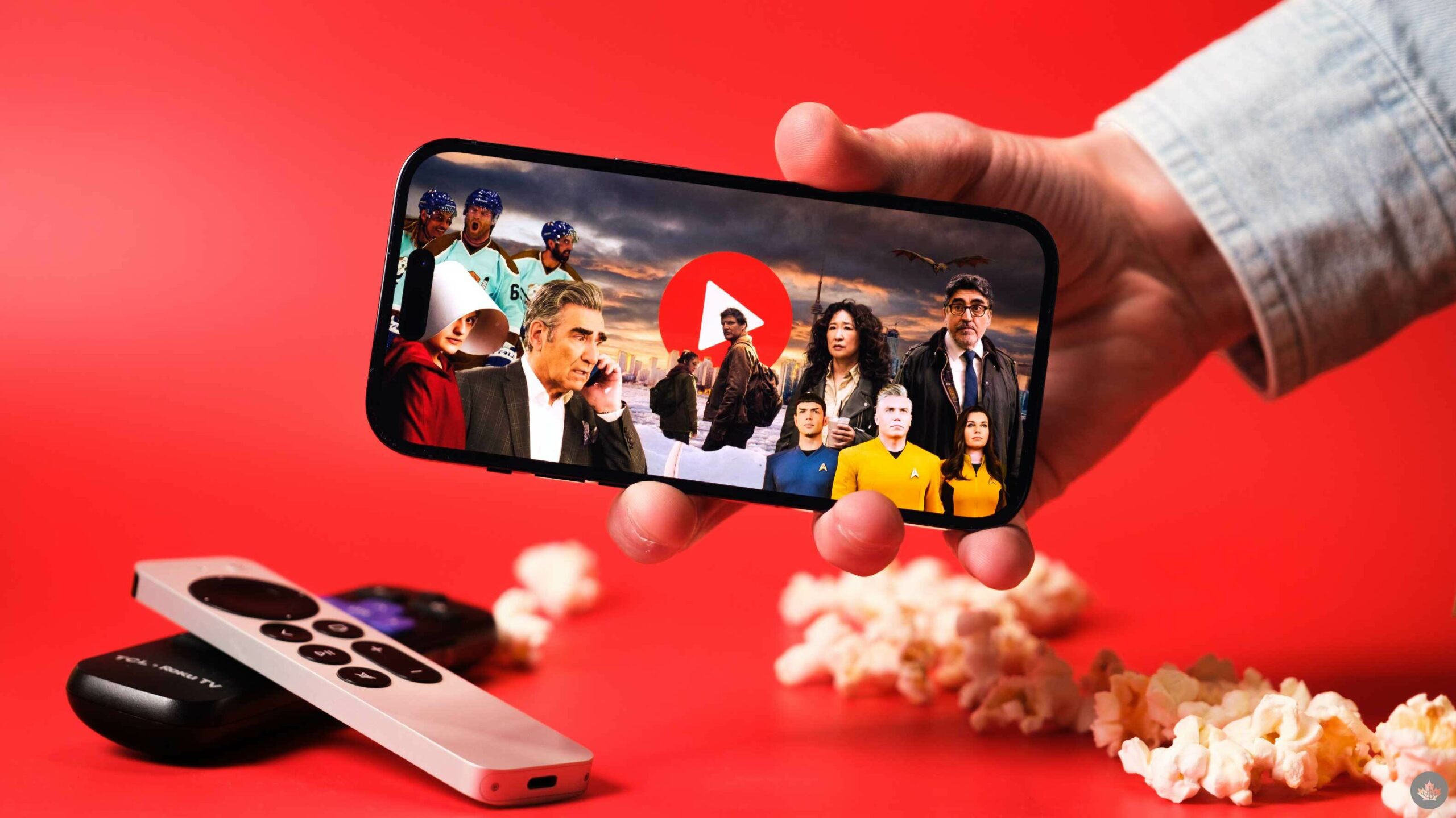Have you ever looked around while stuck in a traffic jam, only to find yourself surrounded by large cars with only one, maybe two people in them? Personal ownership of transportation is good for society, but not so much for the actual environment our society exists in. However, it’s hard to shake the notion that bigger and more expensive cars make you look classy. For Marko Petrovic, designer and founder of MarkDesignStudio, the answer was simple – making luxury environmentally friendly, just blurring the line between luxury and utility. People will love to use public transport if it looked good and was branded with the insignia of Audi, BMW, Mercedes-Benz or any other brand. If the only obstacle to the mass introduction of public transport was simply that private cars looked better and felt more premium, the solution was obvious. Make utilities look great!
The NTU (NewTransportationUtility) concept is an entry to this year’s Movin’On Challenge Design (formerly Michelin Challenge Design), based on its theme of “Balancing Sustainability”. The concept focuses on the three recognized pillars of sustainability: PEOPLE, PROFIT and PLANET. While transport exists on three mediums – land, air and water, Petrovic’s concept focuses predominantly on land, but can easily be carried over to other areas of transport. The people and the planet will benefit simply by the combination of creating an efficient public service that the public would love to use. Concept NTU has six seats in a transparent pod that is transported around on an electric platform powered by solar energy. This pod concept makes efficient use of space by ensuring it never runs out, and uses fixed routes, almost like a tram or rail system, creating a powerful centralized utility that runs on clean energy. How does profit come into play? Well, these transport capsules are directly created by brands, which focus not on personal ownership but on public service. Brands can further expand their offerings by providing personalization packages for the car experience and user interface.
Designer: Marko Petrovic
Click here to visit the Movin’On Challenge Design website to learn more about the 2023 Challenge.
Click here to see all winners from the 2022 challenge.
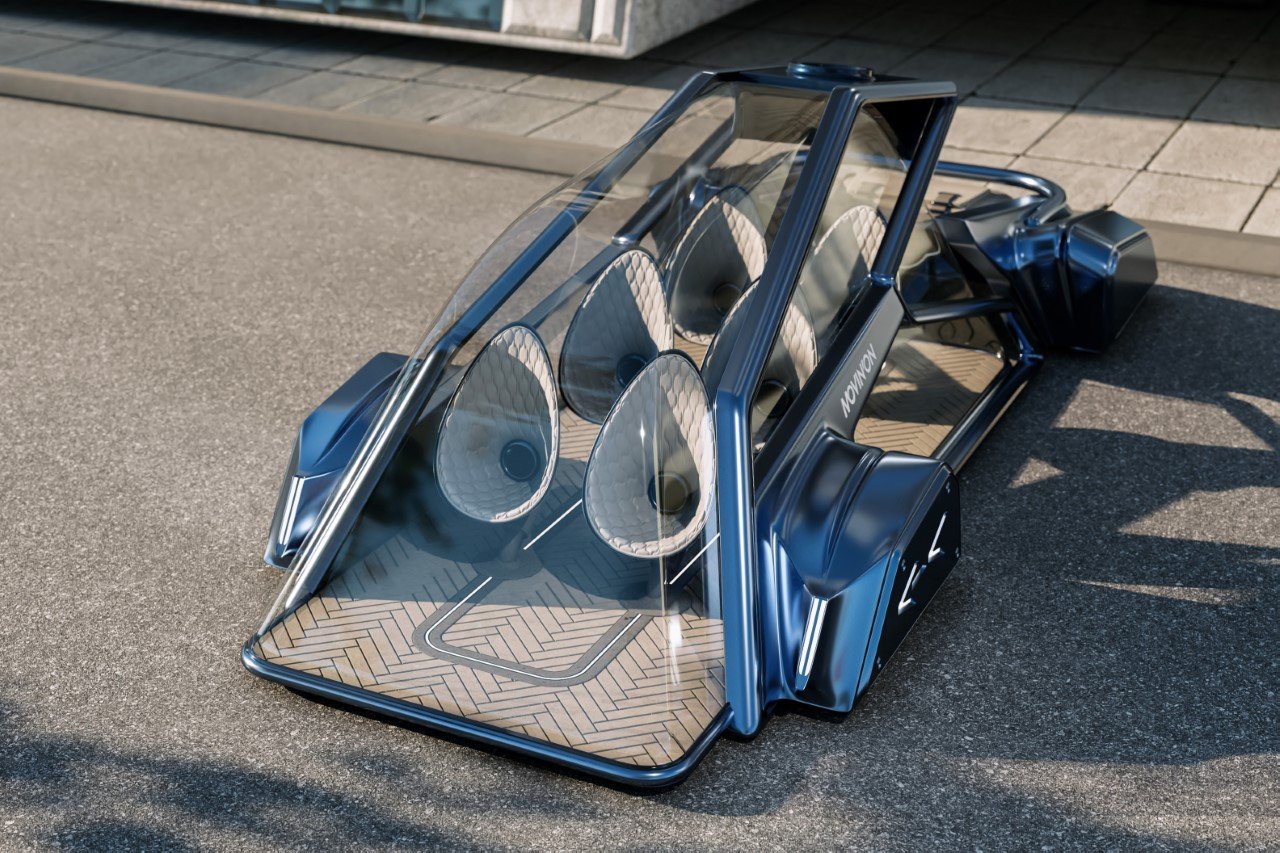
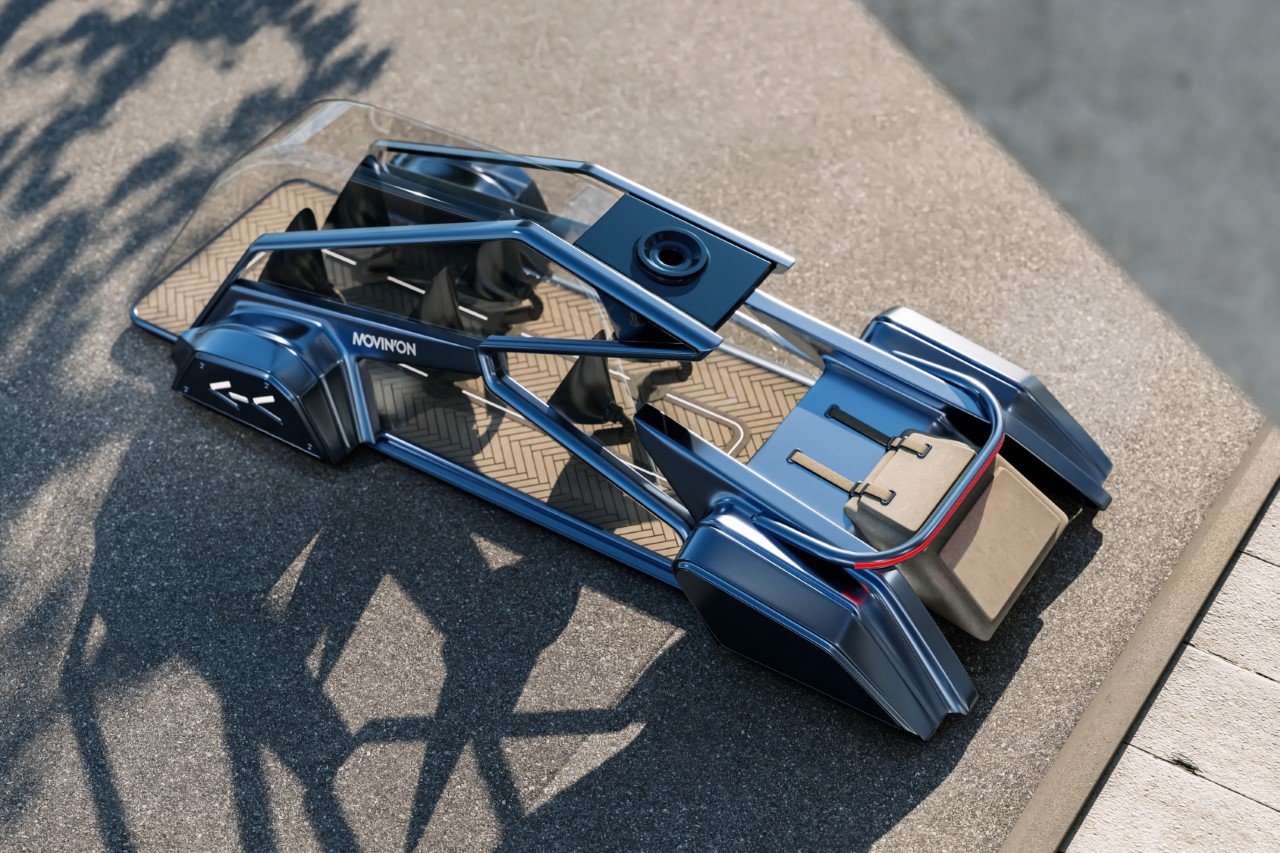
The Concept NTU can be broken down into its three separate parts – the frame, the polycarbonate cabin and the motor arms. The frame itself is a light yet robust structure that holds the entire car within it. “the main inspiration and idea is to recycle plastic waste and combine it with reinforced nanotechnology and carbon fiber to create a strong and lightweight chassis for future models,” says Petrovic.
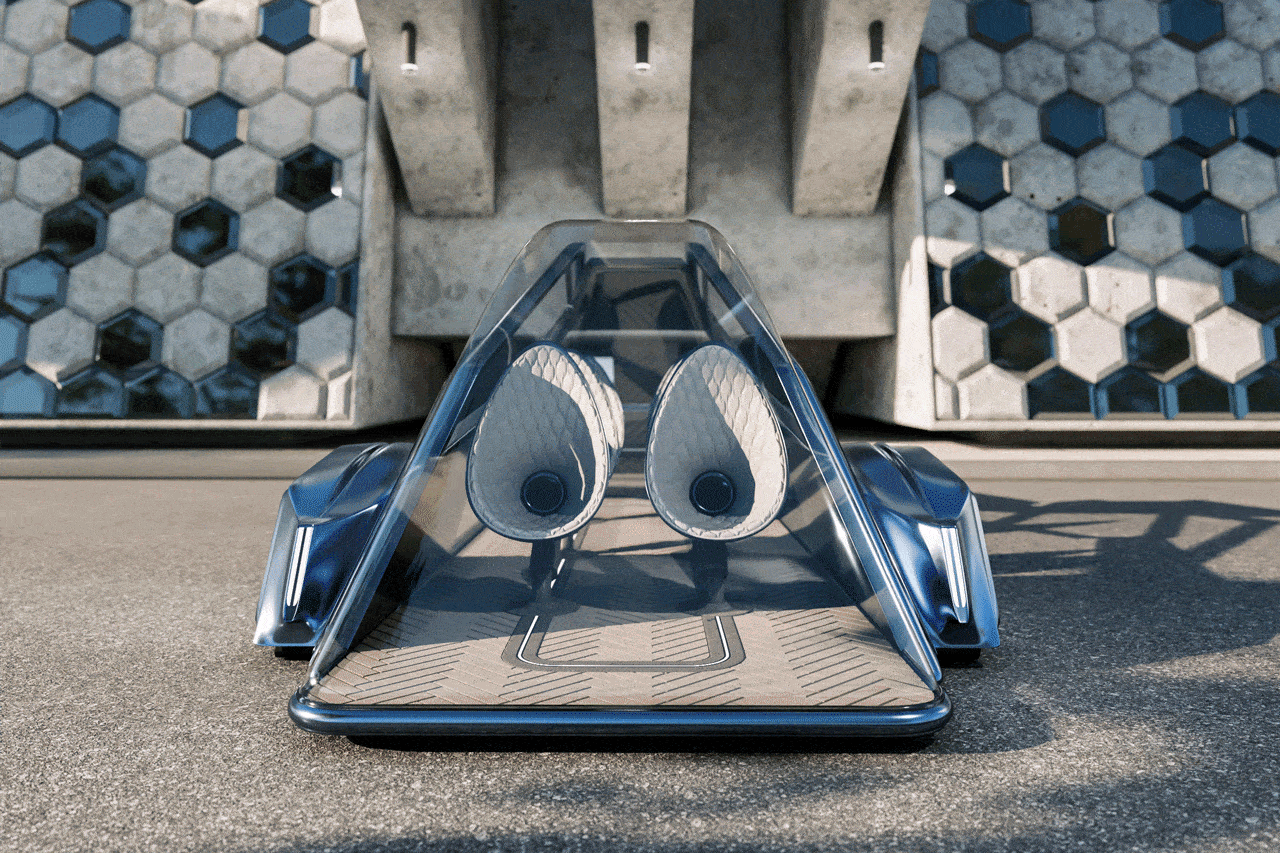
The concept can take on the avatar of popular cars with the help of graphics and bridge the connection between brand and vehicle.

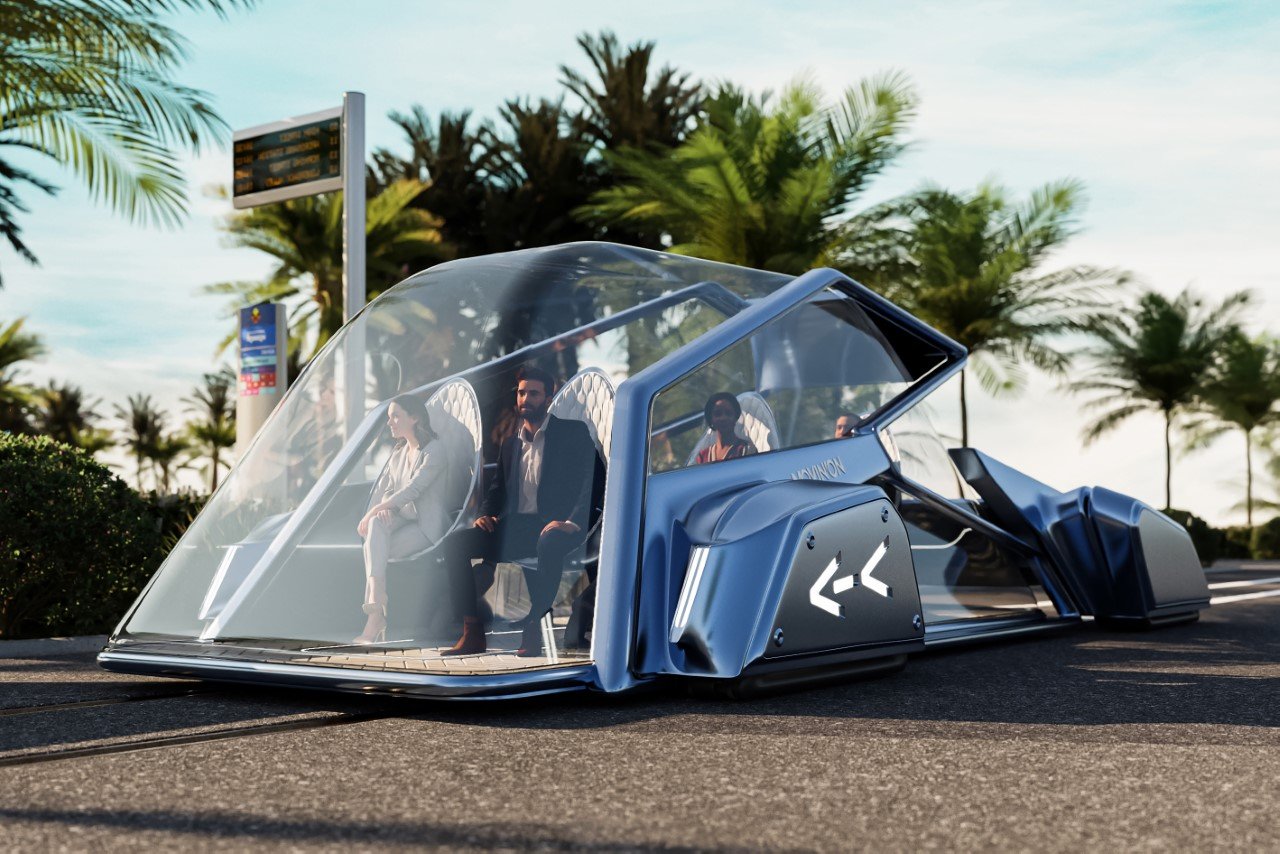
The polycarbonate cab is its own unique unit, existing as a separate unit waiting in locations across the city and docking into any empty NTU frame that comes with it. It also has transparent screens laser-integrated into the polycarbonate that come alive to form “a giant computer inside the glass/polycarbonate”. This in turn serves the dual purpose of not only being the user interface for passengers in the car but also projecting holograms of the car brands visible to the people outside.
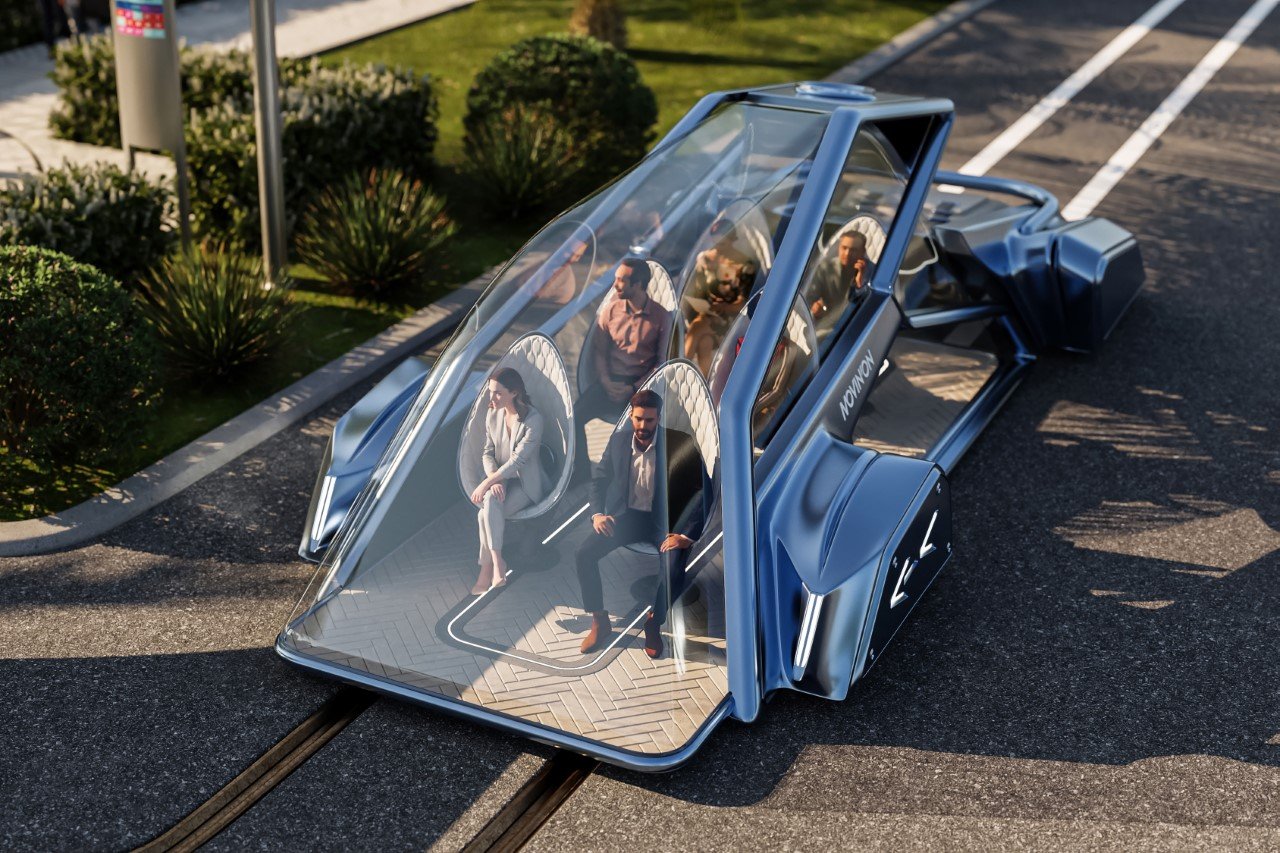

The motor arm is where all the Concept NTU’s futuristic magic lies, relying on Tesla’s wireless energy transfer system instead of traditional fuel tanks or lithium-ion batteries. “Inside the arms/pillars there is also a powerful computer with an electric motor and caterpillar system instead of the classic round tire,” explains Petrovic. The motor arms draw wireless energy from nearby electric power plants, but it goes even further by sharing unused energy with other nearby power plants and NTU vehicles to create an efficient distributed wireless energy network.


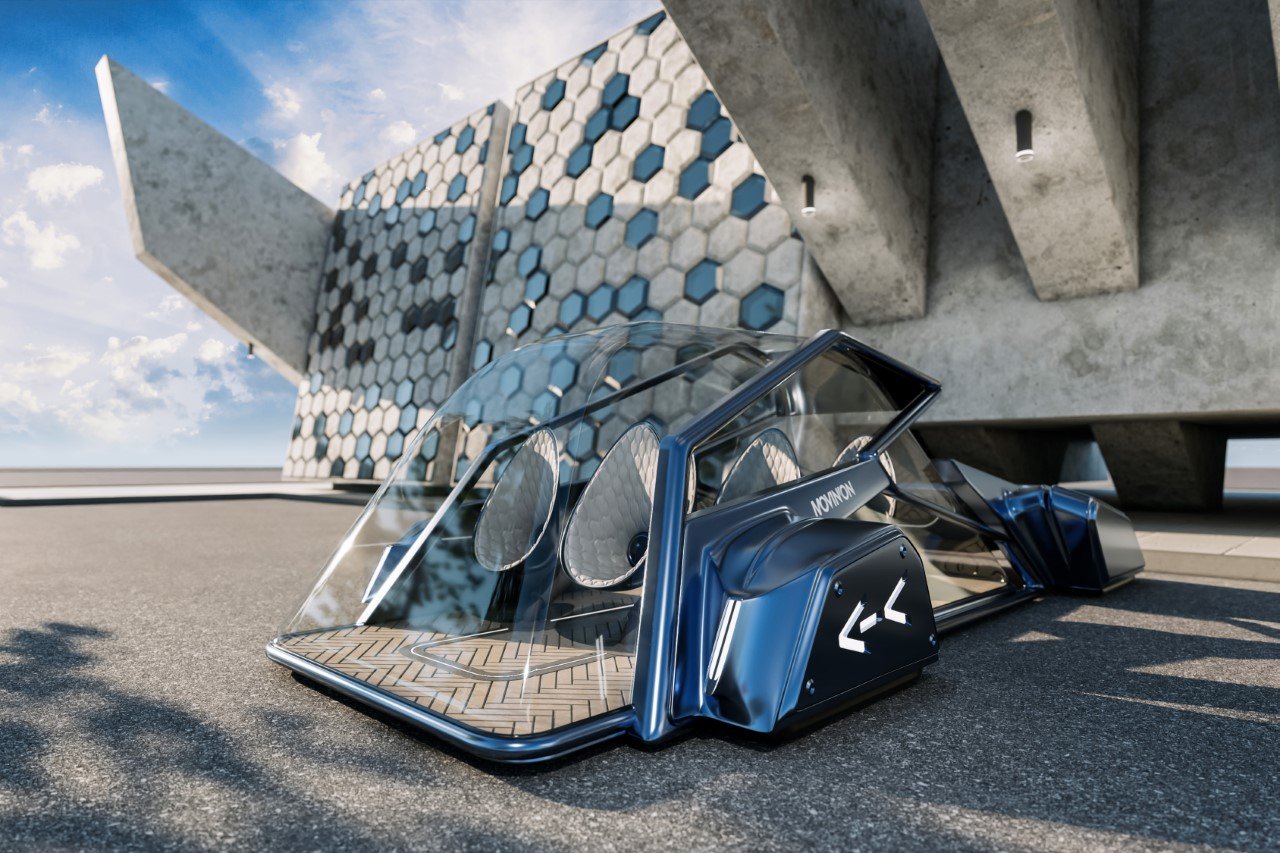
Currently in its 23rd edition, the Movin’On Challenge Design (which is free to enter) is now open for entries until the competition deadline of 28 February 2023. Entries will be judged by a prestigious international jury panel of advanced design executives for large mobility organizations. The winners of the 23rd Movin’On Challenge Design will be revealed at the Movin’On Summit in June 2023. This year, three entries will win the gold, silver and bronze positions and, in addition to its existing format, the top 3 winners will to have an opportunity to meet the Movin’On Challenge Design team and representatives of jurors to review their submissions, portfolio and career plans. To read more about this year’s edition of the Movin’On Challenge Design, click here.
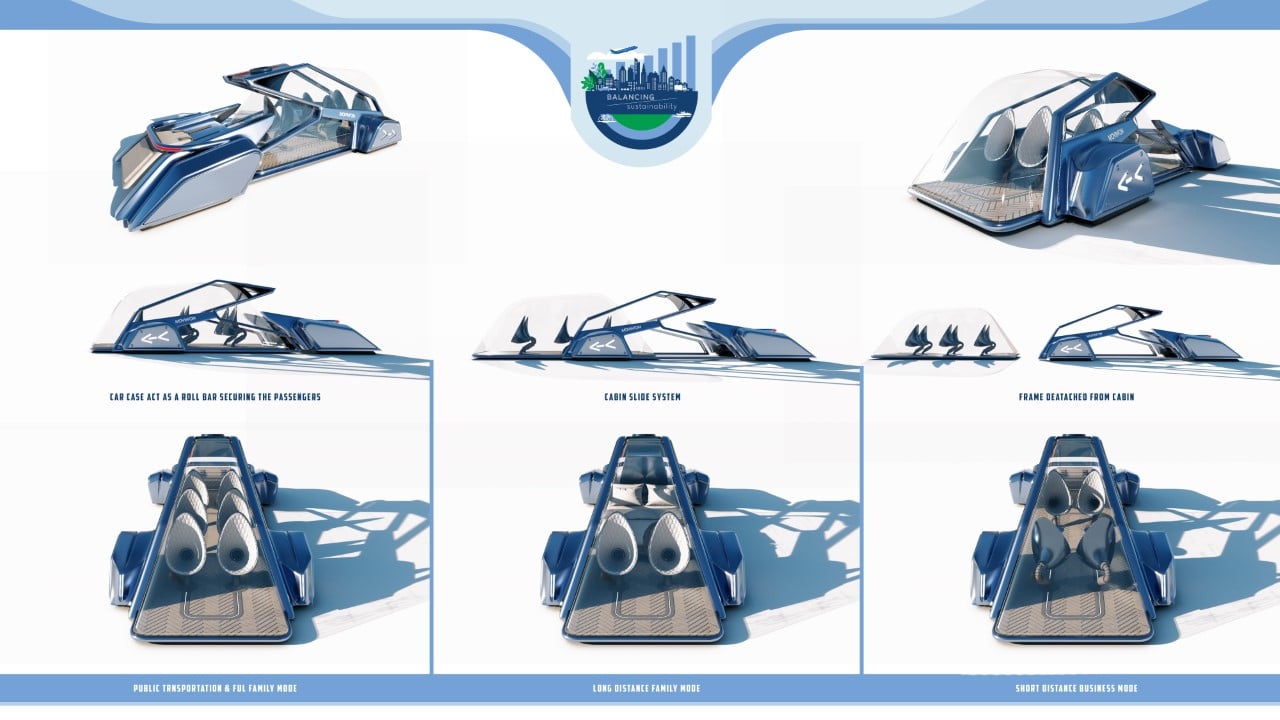
Established in 2001, Michelin Challenge Design was renamed Movin’On Challenge Design in 2020, reflecting its inclusion as a selected program for the Movin’On Summit, the world’s premier gathering for sustainable mobility. Inspired by Michelin, the summit brings together large companies, startups, public and academic authorities, NGOs and international organizations, as well as a community of experts and professionals to move from ambition to action. “We are encouraged by the continued growth of global participation in the Challenge Design program, and are particularly pleased this year to see the entries emphasizing the sustainable aspects of their mobility solutions,” said Kimbrelly Kegler, President of Movin’On Challenge Design.
Click here to visit the Movin’On Challenge Design website to learn more about the 2023 Challenge.
Click here to see all winners from the 2022 challenge.
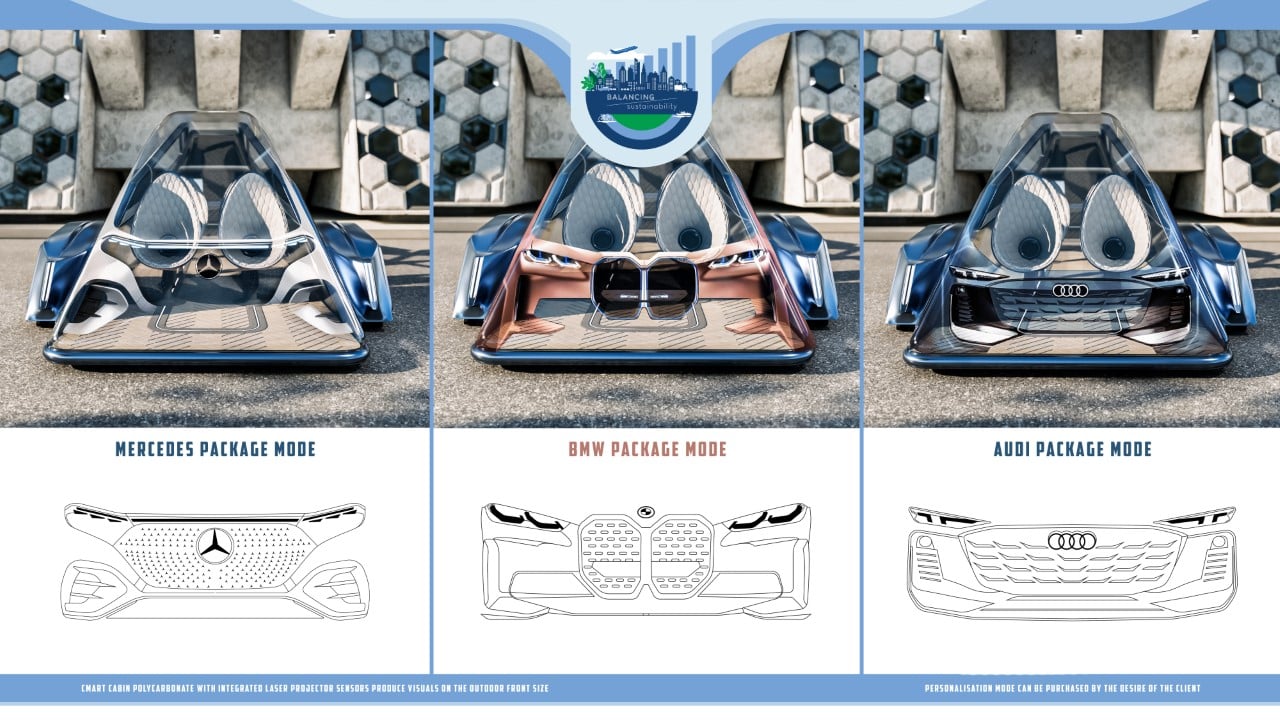
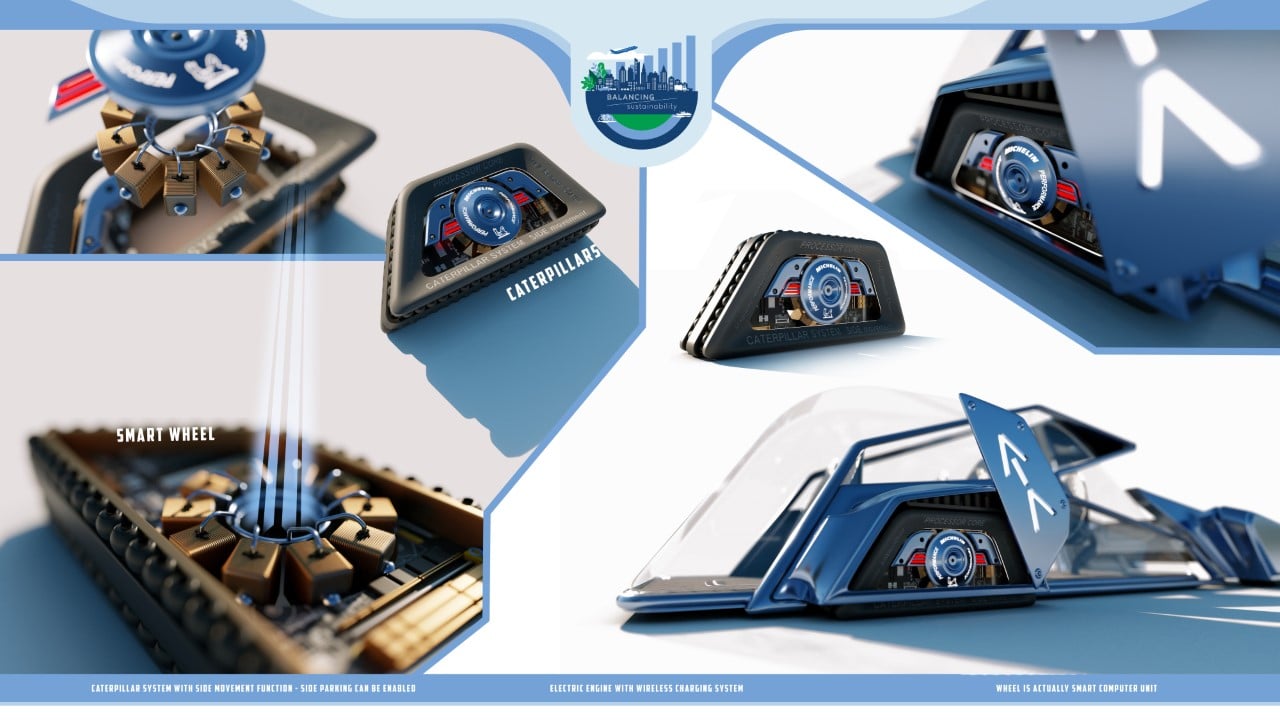
#Audi #public #transport #MovinOn #Challenge #Design #concept #blurs #lines #luxury #utility #Yanko #Design
